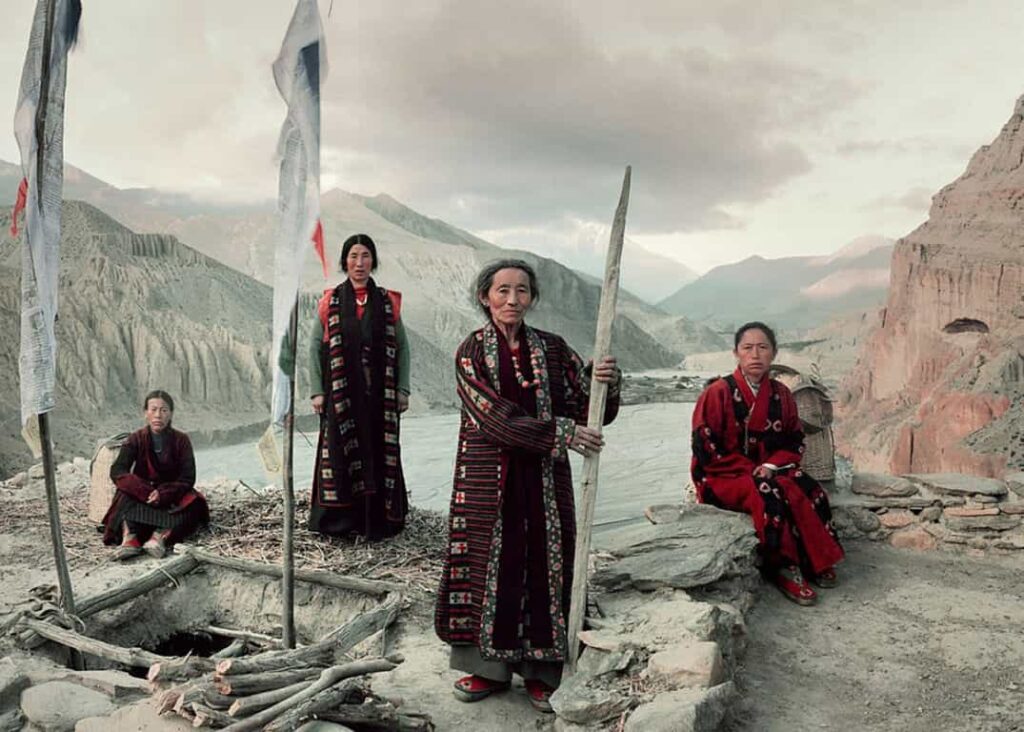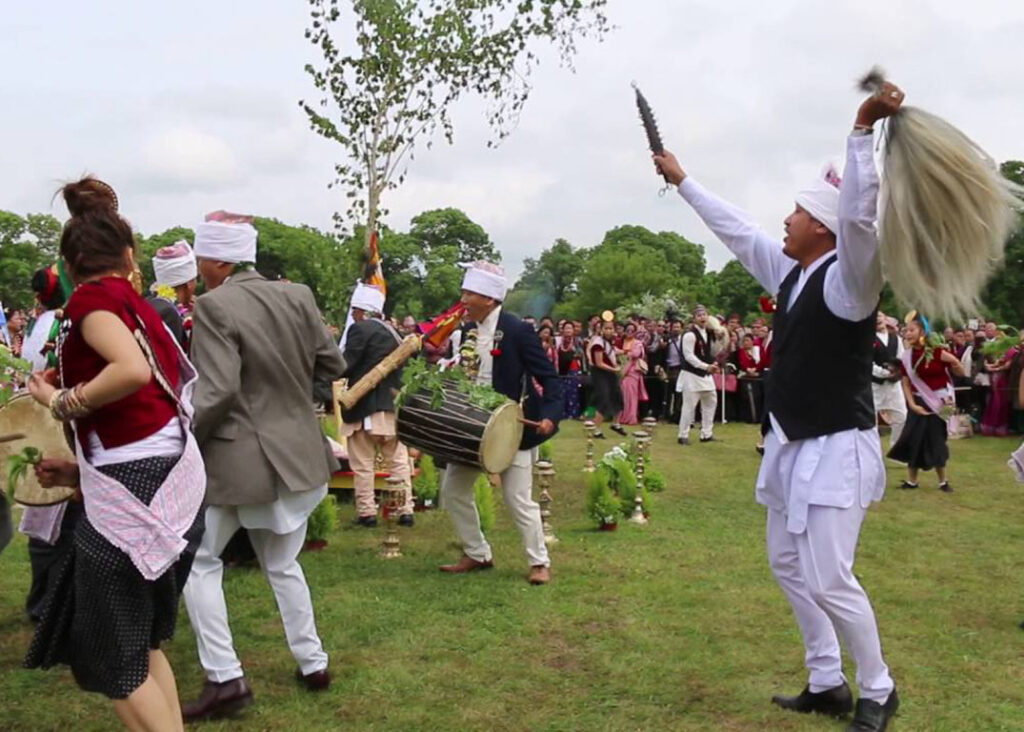The Kirat People of Nepal are a small ethnic group of the Himalayan region extending eastward from Nepal to northern India. It is believed that about five thousand years ago the first Kirati King Ylamber established the Kirat Kingdom in Kathmandu Valley after defeating the Mahispal (avir) dynasty.
History of Kirat
The Kirat are an ancient people who have been associated with the history of Nepal for thousands of years. The mention of the Kirats, the Mongolian inhabitant in Nepal, in the Vedas and their involvement in the battles of Mahabharat indicate the historical relation and population movement between India and Nepal. Some legendary sources from Kathmandu Valley describe the Kirat as early rulers there, taking over from earlier Gopals or Abhiras, both of whom may have been cow-herding tribes.
In Rai mythology, there is a common story explaining that the Kirat were originally four brothers. The first three (Rai, Limbu, Yakkha, Sunuwar, etc) populated the Himalayas, while the last one stayed in the plains.

Through this mythological lost brother, the rai could affiliate with different groups and perhaps be linked to the center of power. Indeed, these four brothers are often associated with the Meche and Koche, two populations from the plains who were part of the Vijayanarayan kingdom.
The earliest documented Kingdom in east Nepal, going back to the time before the sen rulers. This mythological period has been prolonged by indigents, but rather than simply creating a link with the populations from the plains. They were inspired by Western references containing different speculation of 19th-century authors about physical, cultural, and linguistic similarities between mongoloid population, to build a theory of Asian people and the origin of human beings.
Demographic
It is believed that the Kiratis were the first people to settle in Nepal. They played a significant role in shaping the country’s history, culture, and traditions. The Kirat community is primarily found in the eastern part of Nepal including the districts of Taplejung, Panchthar, Ilam, Dhankutra, and Sunsari. The Kirat people have a rich and diverse culture with unique customs, rituals, and beliefs that are still prevalent today.
Also Read: Nepal’s New Trek, Mundhum Trek, Preserving the Kirat Culture
They have their own language, which are the Chamling language, Chulung Language, Saam Language, and Athpariya Languages. The Kirat people are known for their strong sense of community and their love for nature. They have a deep connection with the mountains and forests which they consider sacred.
Culture
One of the most important festivals in Kirati culture is the Sakela festival, which is celebrated in the month of Baisakh (April-May) every year. the festival is a celebration of Kitati New Year and is marked by colorful dances, music, and feasting. The Sakela festival is also an occasion for the Kirati people to offer prayers to their ancestors and seek their blessings. The Kirati people have their traditional dress, which is known as the Kirat dress. The dress is made of cotton and wool and is adorned with intricate embroidery and beadwork. The men wear a knee-length dress called Bakkhu while the women wear a long dress called Fariya.

The Kirat people also wear unique jewelry, including necklaces, bracelets, and earrings which are made of silver and gold. The Kirat people have a rich tradition of folk music and dance, which is an integral part of their culture. They have various dance forms including the Chandi dance, which is performed to honor the goddess Chandi, and the Serka dance, which is performed during the Sakela festival. Kirati music is usually accompanied by instruments such as the Madal, Damphu, and Tungna.
You may also like: Bahun People of Nepal
The Kirati people have a strong belief in their ancestral spirits, whom they believe guide and protect them. They have a tradition of shamanism, which is the practice of communicating with spirits through rituals and prayers. The shaman, known as Phedangma is a respected member of the community who is believed to be the power to heal and communicate with the spirits.
The Kirati culture of Nepal is unique and amazing culture that has played a significant role in shaping the country’s history and traditions. Their customs, rituals, and beliefs are still prevalent today and are a testament to the rich cultural heritage of Nepal.







